Sheep body condition scoring
Learn how to body condition score sheep to improve their health and reproductive ability. This technical information is for sheep producers in Ontario.
ISSN 1198-712X, Published November 2022
Introduction
Body condition scoring is a universal system developed in the 1960s to rank mature animals according to how fat or thin they are on a scale of 1–5. The objective is to be able to estimate and quantify the nutritional wellbeing of breeding sheep.
The same scoring system is used on many different breeds around the world. Although some breeds tend to deposit more fat internally than others, the subjective measure of body condition score, as it is currently done, is not a fine enough measure to require different scoring systems for different breeds.
Importance of body condition scoring
Sheep are managed in groups. This means that nutritional requirements are estimated for the group of sheep according to their weight and stage of production, and a ration is formulated from available feedstuffs. However, weight is not a good measure of nutritional wellbeing. Two sheep of the same weight may have different structures, with one being thin and one being fat. Figure 1 shows ewe body weight by condition score for a group of mature ewes. They are all the same breed from the same management group, and the sheep didn’t look dramatically different.
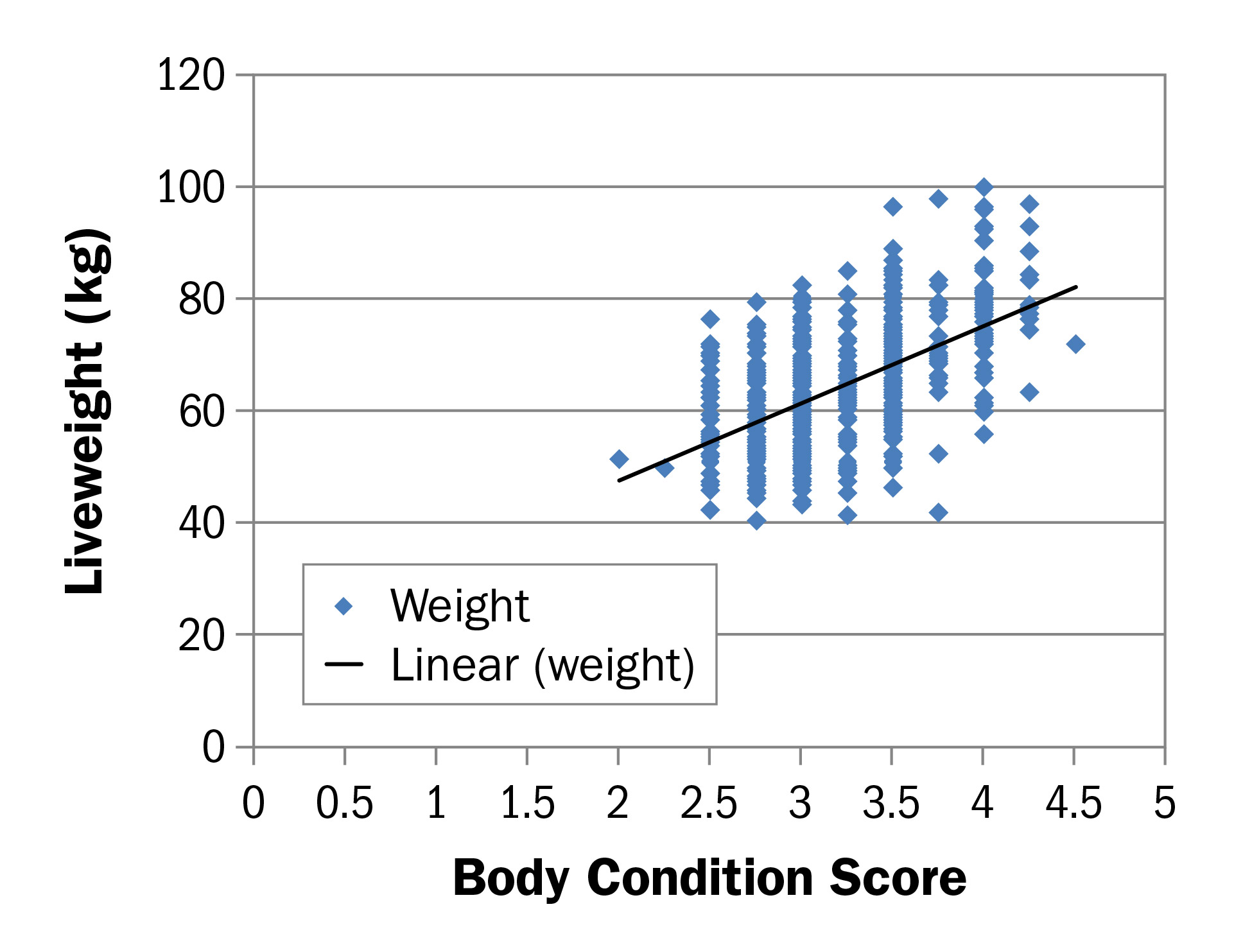
Figure 1 shows a large variation in weight at each body condition score. At an average body condition score of 3, weight varies from about 40 kg to just over 80 kg. If a ration is formulated for an average weight of 60 kg at body condition score 3, some animals may lose weight, and some may gain weight. Body condition scoring must be done to determine how to adjust the nutrition program so that as many animals as possible have the ideal body resources at critical times in the production cycle.
When to body condition score
Body condition scoring can be used to monitor whether breeding animals are in the correct body condition score for the stage of production and to quantify the effects of a feeding program.
The most important times to body condition score ewes to improve production are at mid-pregnancy and weaning. At mid-pregnancy, it is critical to ensure that ewes are in good body condition score entering late pregnancy and lambing. At weaning, it is important to determine condition so that an adequate feeding program can be developed to ensure ewes are an optimum body condition score 3 at the time of the next breeding. To evaluate feeding programs, ewes should be body condition scored at breeding and lambing. Breeding body condition scores will provide an indication of how successful the feeding program has been since weaning, and body condition scores at lambing will indicate if the late gestation ration was adequate.
Rams should be body condition scored 8–12 weeks prior to mating. This allows time to ensure rams are in good body condition score at mating. Spermatogenesis takes 7 weeks. This means that conditions affecting a ram today can affect sperm that is produced for breeding 7 weeks from today. Many rams will lose condition during the mating period, and as a result it is recommended that rams be a condition score 3.5–4.0 at the start of breeding.
Effects of body condition score on production
Since body condition scoring estimates nutritional wellbeing, the benefits of body condition scoring relate directly to the nutrition program and the effect of nutrition on production.
Breeding ewes
Ewes that are thin at breeding will have lower ovulation, conception and lambing rates compared to ewes in good condition. Studies have shown that low and high body condition scores can influence reproductive rates. In general, a score between 3.0 and 3.5 will result in the best pregnancy rates. Large research studies in Australia and New Zealand have shown that body condition score at breeding also affects birthweight and weaning weight even if the animals are the correct body condition score at lambing.
Late gestation ewes
Late gestation is the most important time for ewes to be in good condition. Most of the fetal growth happens in the last 4–6 weeks of pregnancy. Thin ewes will have smaller lambs and less milk. Ewes that are too thin or too fat have a higher risk of pregnancy toxemia at this time in the management cycle.
Lambing ewes
Ewes that have a good body condition score of 3.0 at lambing generally have heavier lambs that survive better. The ewes look after their lambs better, produce more milk and wean heavier lambs. Score 3 at lambing means that the ewes had adequate feed and body resources to grow lambs in late gestation.
Rams
Body condition at the time of breeding will affect the sexual behaviour of rams. Rams that are less than a body condition score 3 during mating could take twice as long and require twice as many mounts to breed one ewe. Body condition score affects the quantity and quality of sperm. Rams under body condition score 3 have smaller volumes of semen with less semen motility than when they have a body condition score between 3 and 4.
Animal welfare
Ewes and rams will change body condition scores as they go through the reproductive cycle. Ideally, the animals will have a minimum condition score of 2 and a maximum score of 4 for optimum health and production.
However, there will be some animals that are difficult to keep in this range, due to factors such as:
- illness
- receiving a flushing ration and not becoming pregnant
- having a large number of lambs and not having the capacity to eat enough feed when pregnant
- being efficient at mobilizing fat to produce milk and does not eat enough to maintain weight
How to body condition score
Body condition scoring is commonly used around the world to determine mature sheep fatness. It is important to note that this is not the best method for evaluating if lambs are ready for market. Market lambs should be evaluated using the GR site (total tissue depth at the 12th rib, 110 mm from the carcass midline). In mature breeding sheep, the loin area is used to evaluate fat stores. The loin area is identified in Figure 2 and can be found on the sheep between the hip bones and the long ribs.
To compare animals, it is important to standardize how to feel the loin area. Using body condition score loin models developed in Australia, Figure 2 shows a standard method of using your hand to evaluate the loin area.
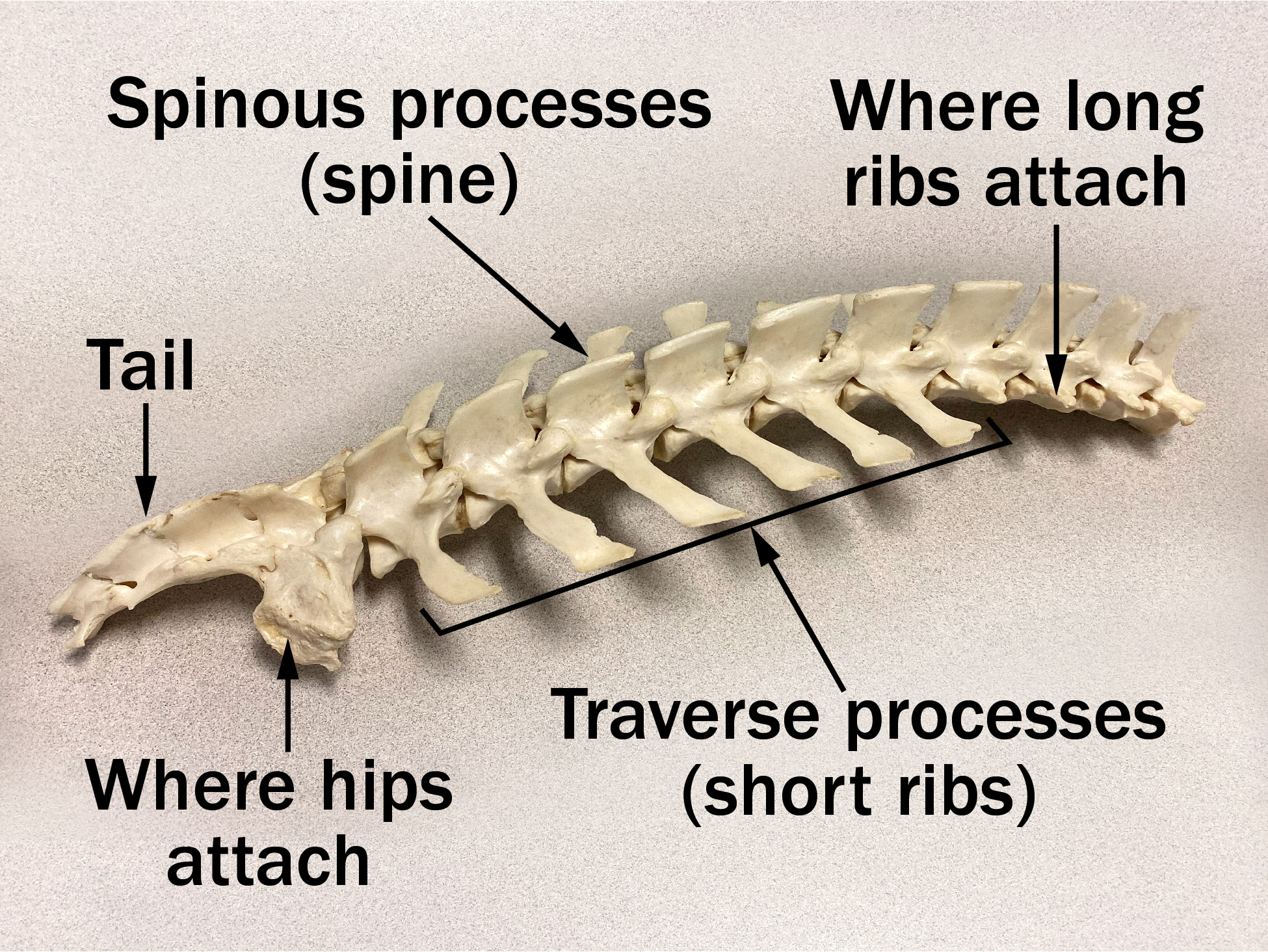
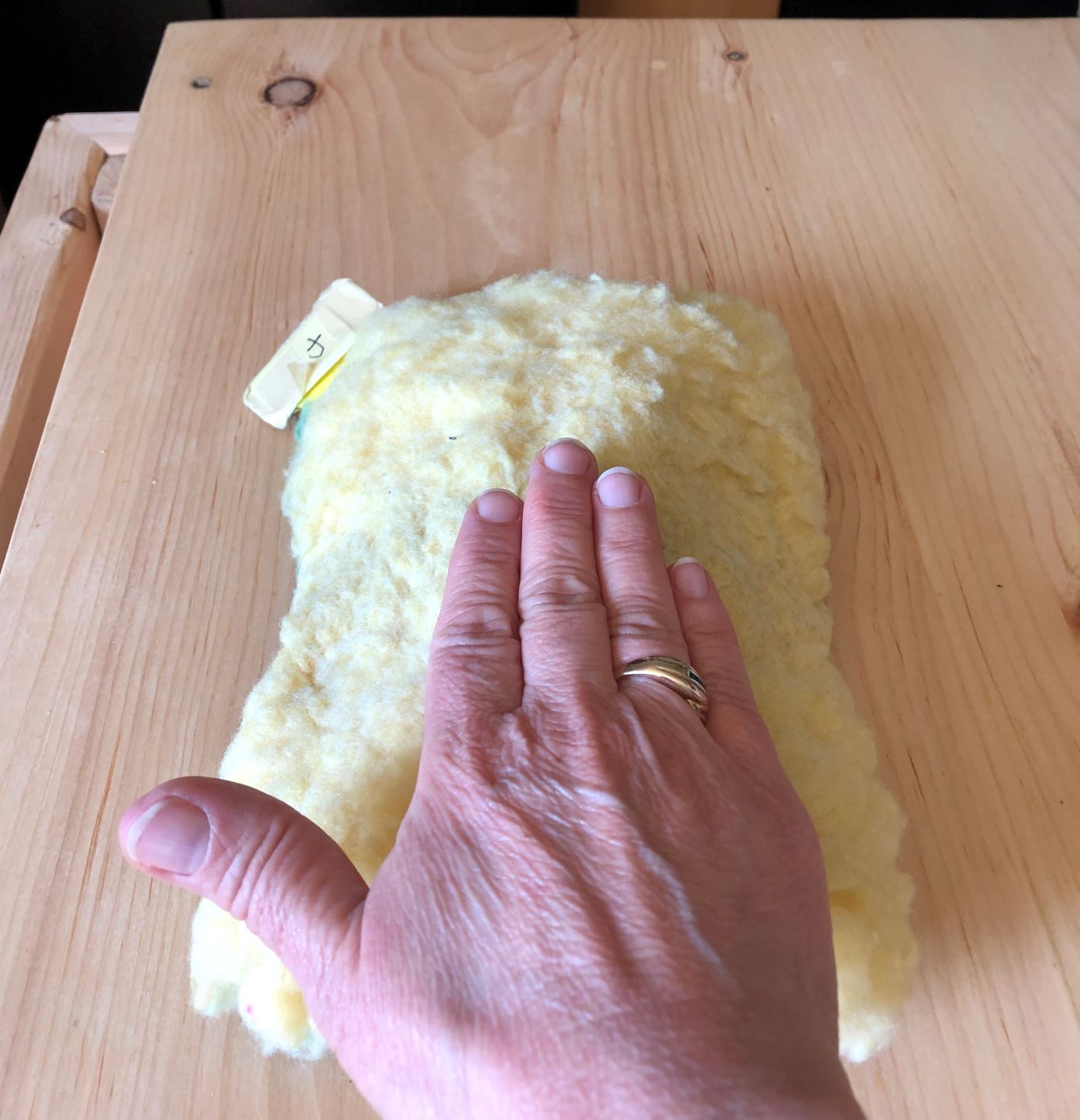
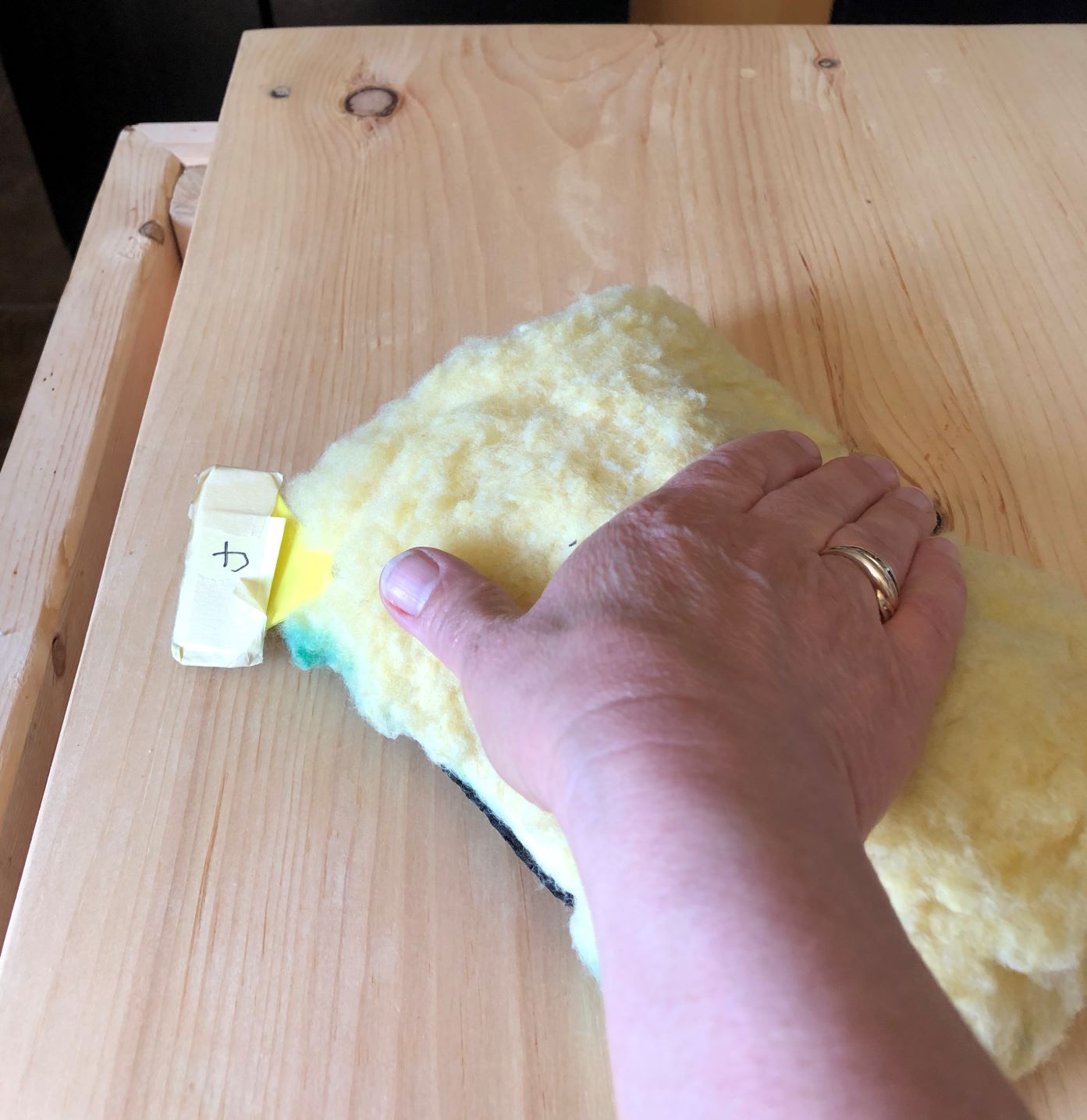
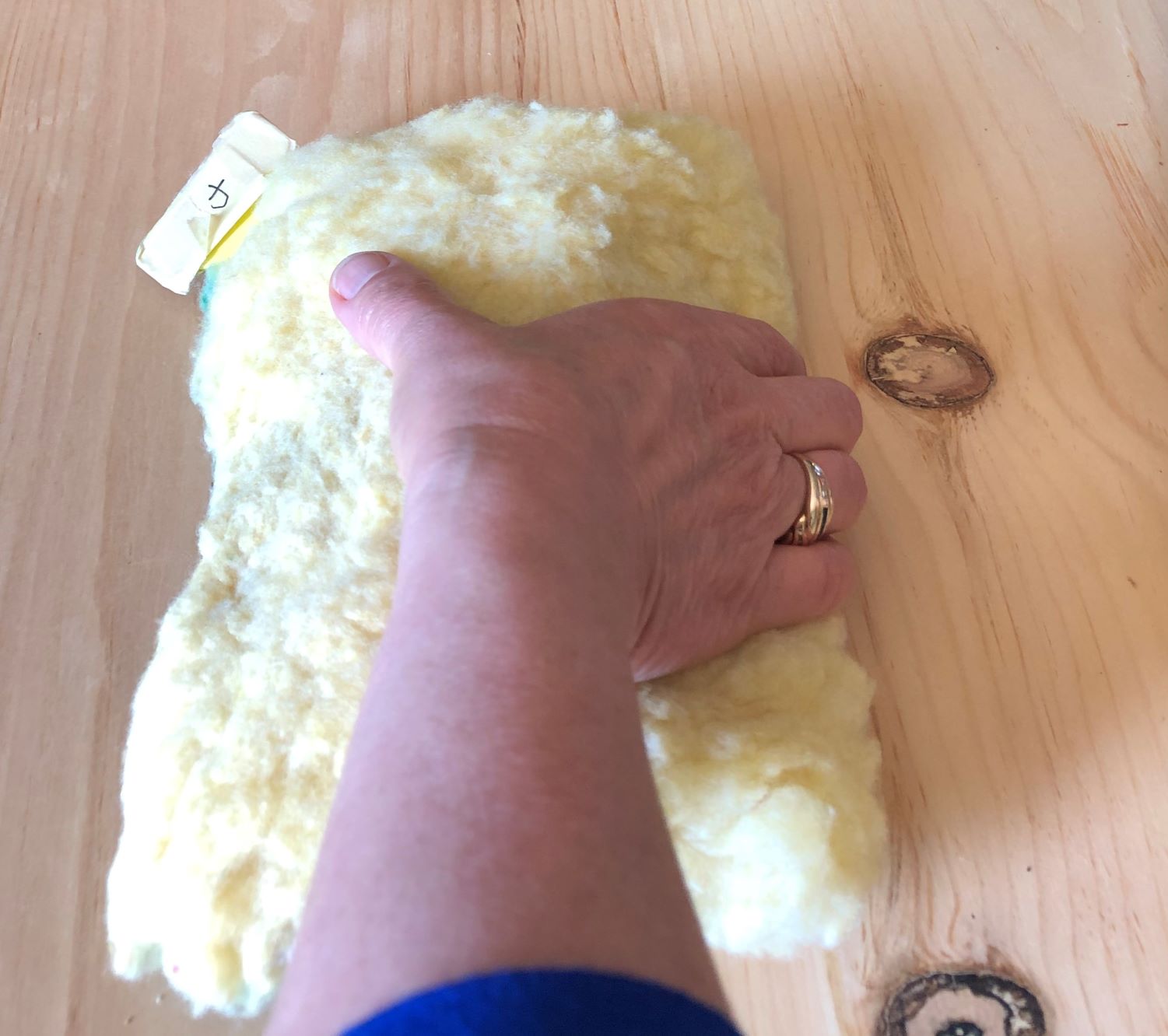
This hands-on method must be used to identify different scores. Extremely thin sheep may be obvious to the eye but unless freshly shorn, sheep cannot be properly scored visually. To differentiate between different body condition scores, first commit the description of a body condition score 3 to memory. Although there are five scores that are well described, most of the time the objective is to decide if the animal requires more feed or if the animal has had too much feed.
Body condition score 1
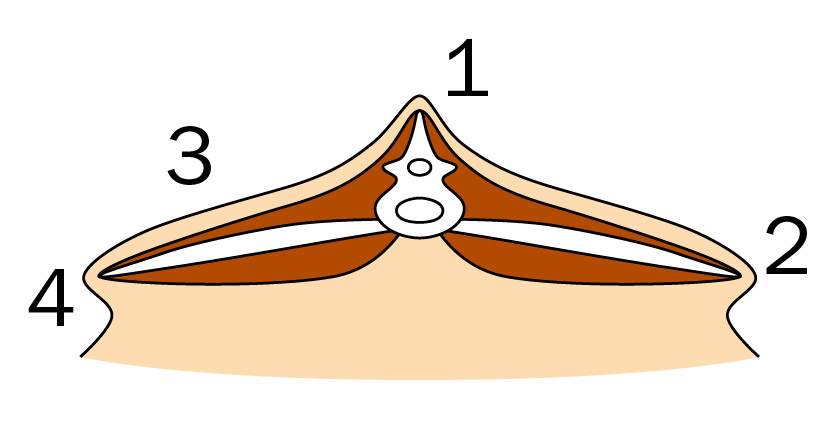
- Spine is prominent and sharp.
- Short ribs are sharp.
- No fat cover, little to no muscle between the spine and short ribs.
- Can put fingers right under the short ribs.
Body condition score 2
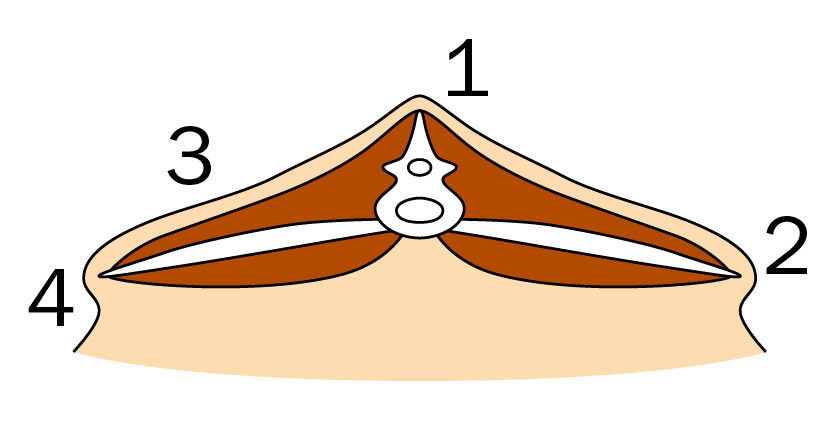
- Spine is smooth but prominent.
- Short ribs are smooth, slightly rounded.
- Little fat cover, moderate muscle depth between the spine and short ribs.
- Can put fingers under the end of the short ribs and between them, with minor pressure.
Body condition score 3
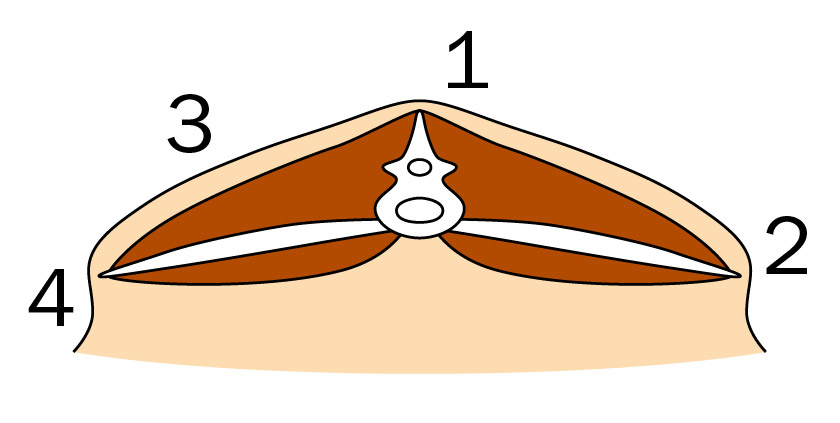
- Spine is smooth, rounded. Can’t feel between spinal processes.
- Short ribs are smooth, well rounded.
- Moderate fat cover, full muscle depth between the spine and short ribs.
- Requires firm pressure to put fingers under the ends of the short ribs, can’t feel between the short ribs.
Body condition score 4
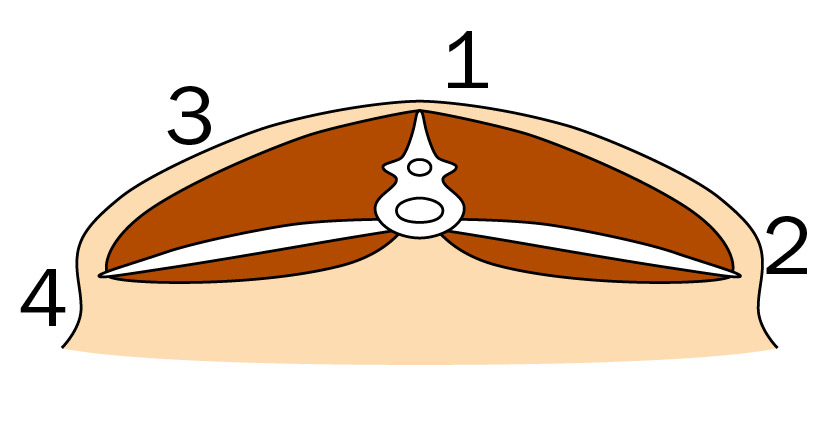
- Spine can only be felt with pressure.
- Short ribs cannot be felt without strong pressure.
- High level of fat cover with full muscle depth between the spine and short ribs.
- Can only put fingers under the short ribs with really strong pressure.
Body condition score 5
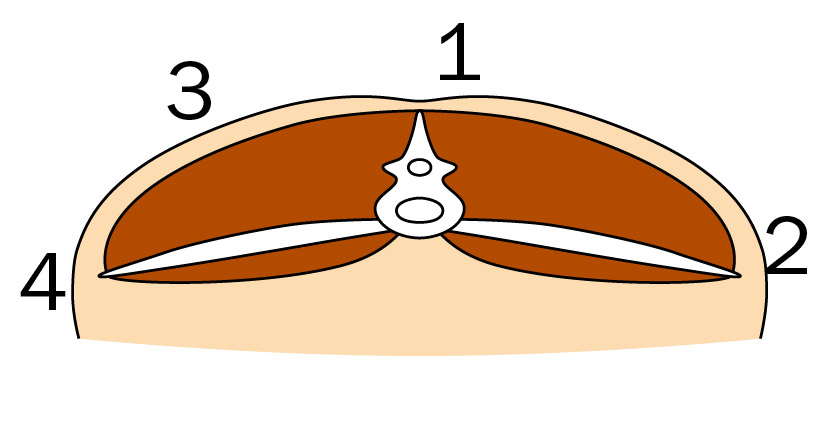
- Spine cannot be detected with firm pressure. There will be a depression directly above the spine between enlarged fat and muscle covering.
- Short ribs cannot be detected.
- High level of fat cover with full muscle depth between the spine and short ribs.
- Cannot find the short ribs.
Body condition scoring is a skill that must be practised. Sheep come in many different levels of fatness, not just the five scores that are described. As a result, in a group of 30 ewes that range in body condition score from 2.5–3.5, there will be 30 loins that all feel slightly different. Practice will develop knowledge that a score 2 animal that needs more feed will have a prominent spine, some muscling and cover, and short ribs that you can feel between and press your fingers under.
Conclusion
Body condition scoring throughout the management cycle is a simple tool that will ensure the wellbeing of breeding sheep and efficient use of feed resources.
It is a subjective skill that must be practised, as actual sheep fatness is a continuous scale and the scores are merely points along the scale.
Developing the skill to determine a 3 score, identifying whether a sheep may require more or less feed, and using this to group sheep differently for feeding, will increase the productivity and health of the sheep flock.
Selected resources
Beef + Lamb New Zealand. 2019. Ewe body condition scoring workshop.
Kenyon, P.R., et al. 2014. Review of sheep body condition score in relation to production characteristics. New Zealand Journal of Agricultural Research, Vol. 57, No. 1, p. 38-64.
Maurya, V.P., et al. 2010. Effect of induced body condition score differences on sexual behavior, scrotal measurements, semen attributes and endocrine responses in Malpura rams under hot semi-arid environment. Journal of Animal Physiology and Animal Nutrition, p. 309–317.
This fact sheet was written by Delma Kennedy, sheep specialist, Ministry of Agriculture, Food and Rural Affairs.